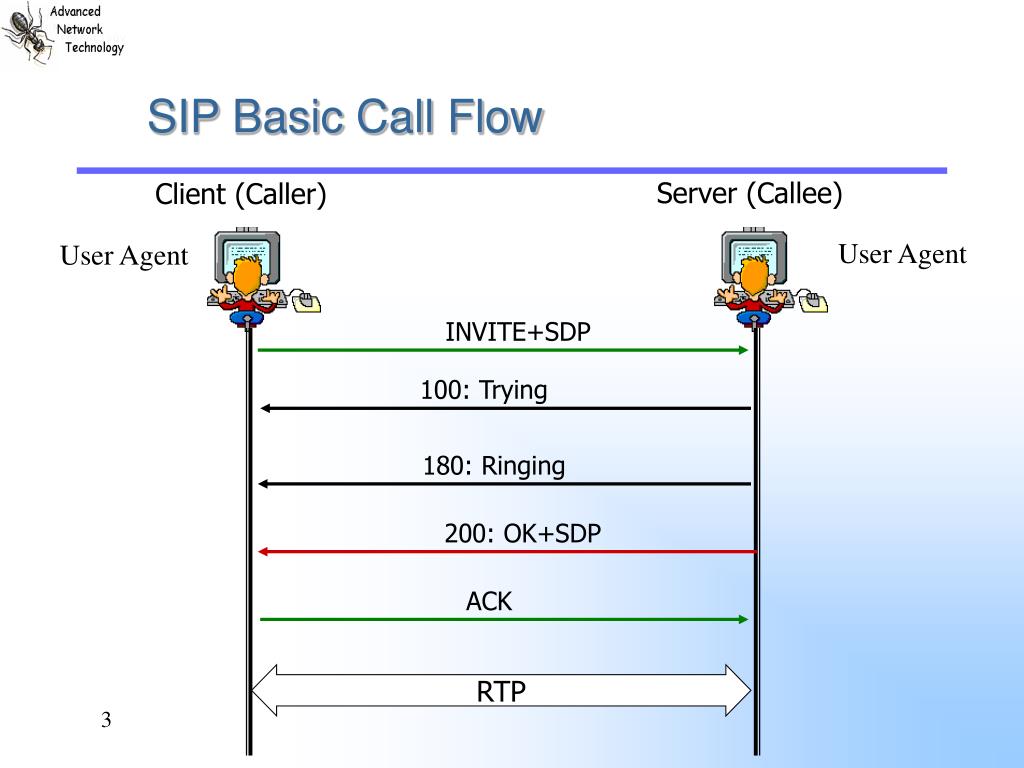

Hides the meeting ID, when a room system is the first participant to join. Suppress in-meeting reactions displaying from other participants. Can be re-enabled by pressing 7 on a DTMF remote.ĭisables dual-stream video and forces video and content as a single-stream. Removes network icons from the in-meeting overlay.Įnables dual-screen mode, with Gallery view and Active Speaker view on each display. Use Audio Volume Level 3 when joining a meeting. Use Audio Volume Level 2 when joining a meeting.

Use Audio Volume Level 1 when joining a meeting.

Suppress audio prompts when joining a meeting. Dial commands Commandįorce sending default video size to the device, max 720pįavor video for bandwidth (Uses 3/4 Bandwidth for video and 1/4 bandwidth for content).Įqual shared bandwidth for both video and content.įavor content sharing for bandwidth (Uses 3/4 bandwidth for content and 1/4 Bandwidth for video). When joining from a SIP/H.323 device into a Zoom Meeting, advanced commands can be added to the dial string to enable certain features, or force certain in-call behavior as well.įor both SIP and H.323 dial strings, the command will be added at the end of the string. If you have chosen a default video layout besides Gallery View, the dial string listed above for Gallery View will join with the selected default video layout. Entering 11 in the dial string will move to the next video layout option and 1111 will move to the third video layout option. You can change the default video layout on your H.323/SIP Configuration page. SIP/H.323 configuration and video layout dial strings
Sip cal code#
If the Dial Code starts with 2, the following features can be achieved:Įxample: When the value of reserved is 02 or 03, it means the dial string was pushed to the device by Enhanced Zoom Connector. Enables mute syncing between the device and in-meeting interface.Determines whether the device is a guest.If the Dial Code starts with 1, the following features will be enabled: [Meeting Enter a meeting with dual video enabled [Dial Enter a meeting in Gallery view (default) When dialing into a Zoom Meeting or Zoom Webinar using the SIP protocol, you can dial into a specific regional data center by utilizing the IP address or SIP Domain for the data center listed on the H.323/SIP Room Connector page of your account. Note: For some devices, please try #** Enter a meeting with dual video enabled When dialing into a Zoom Meeting or Zoom Webinar using the H.323 protocol, you can dial into a specific regional data center by utilizing the IP address for the data center listed on the H.323/SIP Room Connector page of your account. SIP/H.323 configuration and video layout dial strings.Enter a Meeting with dual video enabled.If the host's account does not have an available Room Connector license, but the attendees do, you can use the attendee's Room Connector license. Note: The meeting must be hosted by a Licensed user for an H.323 or SIP device to join. Data is as reported to the Office of Self Insurance Plans.To avoid the Room Connector splash screen, you can enter the meeting details in the dial string on the SIP/H.323 device and join directly into the meeting. Following are statewide summaries (aggregate numbers) of the last five years' public self insurer's annual reports. The reports are for each fiscal year (July 1 through June 30), but otherwise are in the same format as private self insurers' annual reports. Public self insured employers (all public self insured employers besides the state) are required to file annual reports by October 1 each year. Data is as reported to the Office of Self Insurance Plans. Following are statewide summaries (aggregate numbers) of the last five years' private self insurer's annual reports.
Sip cal plus#
For instance, the 2005 annual reports due by Mamust indicate paid, estimated future, and incurred costs for all claims reported in each of the preceding five calendar years, plus the same data for any claims still open that were reported before 2001. Claims costs reported must be as of 12-31 of the most recently completed year. Each private Self Insurer's report is required to include paid, estimated future, and total incurred claims costs for each of the past five calendar years (claims reported from January 1 through December 31 for each year), as well as paid, estimated future, and total incurred claims costs for any claims still open from earlier reported years. Private self insurers are required to file Self Insurer's Annual Reports by March 1 each year.


 0 kommentar(er)
0 kommentar(er)
